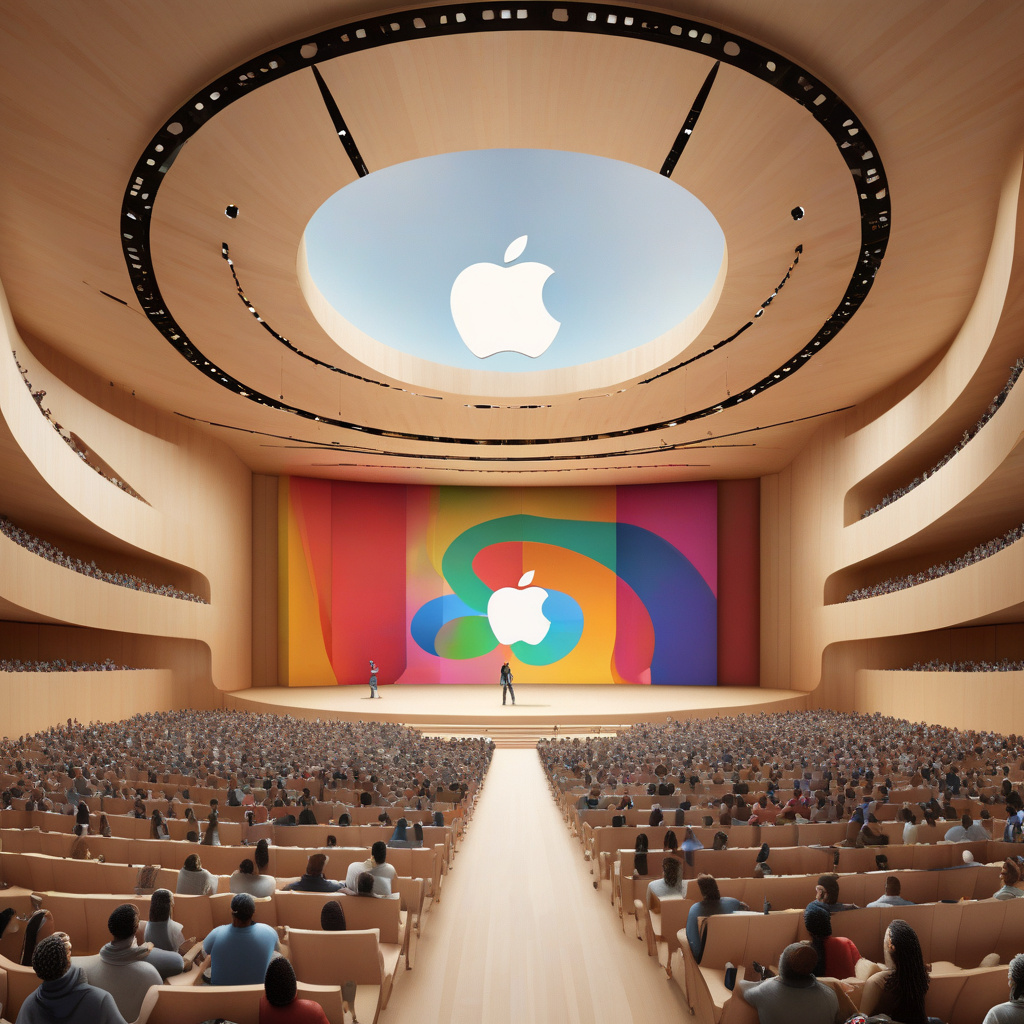Apple WWDC 2025: Unveiling the Future of Apple’s Software Design and AI Strategy
Apple’s Worldwide Developers Conference 2025 showcased a plethora of groundbreaking announcements that provided a sneak peek into the evolution of Apple’s software design and artificial intelligence (AI) strategy. The event was marked by the introduction of a revolutionary design language named Liquid Glass and the unveiling of Apple Intelligence.
Liquid Glass: A Paradigm Shift in User Interface Design
Liquid Glass represents a transformative approach aimed at infusing translucency and dynamic motion into Apple’s user interface ecosystem spanning iPhones, iPads, Macs, Apple Watches, and Apple TVs. This comprehensive overhaul is designed to enhance user interactions by enabling elements like buttons and sidebars to adapt contextually, thereby offering a more intuitive and engaging user experience.
Apple Intelligence: Bridging the Gap in AI Innovation
Despite the buzz surrounding Apple Intelligence, some analysts noted that Apple’s AI strategy fell short of the groundbreaking strides made by tech giants like Google and Microsoft in the realm of generative AI. The absence of a significant AI overhaul for Siri raised questions about Apple’s competitive positioning in the AI landscape, leading to concerns among investors and a subsequent dip in stock prices.
WWDC25: A Closer Look at the Key Highlights
While Apple’s WWDC25 brought significant advancements in software design and AI, certain aspects stood out prominently:
1. Enhanced Tools for Developers
– Apple introduced support for third-party large language models (LLM) within Xcode, such as ChatGPT, empowering developers to expedite app development processes and leverage advanced AI capabilities seamlessly.
2. Enterprise-centric Innovations
– In addition to the Liquid Glass UI and other system-wide enhancements, Apple rolled out a host of updates tailored for IT administrators, catering to the evolving needs of enterprise users and bolstering Apple’s presence in corporate environments.
3. Revolutionizing User Experience
– By combining the optical clarity of glass with the fluidity of liquid, Apple’s Liquid Glass UI aims to redefine transparency and lighting effects on devices, setting a new standard for visual aesthetics and usability across Apple’s product lineup.
4. AI Integration in Vision Pro
– Despite initial challenges in Vision Pro sales, Apple remains committed to enhancing the device’s 3D computing capabilities by integrating AI to deliver immersive and context-rich experiences, underscoring Apple’s relentless pursuit of innovation in mixed reality technology.
Looking Ahead: Apple’s Global Impact with AI
As Apple continues to push the boundaries of technological innovation, speculations about the integration of focused artificial intelligence in Messages to facilitate real-time language translation signal Apple’s intention to streamline international communication barriers, opening up new possibilities for global connectivity and collaboration.
In conclusion, Apple’s WWDC 2025 serves as a pivotal moment in the tech landscape, where the convergence of cutting-edge design principles and AI advancements sets the stage for a future where user experiences are redefined, and technological boundaries are pushed ever further. Stay tuned for more updates on Apple’s transformative journey into the realms of software design and artificial intelligence.
Remember to follow Computerworld’s comprehensive coverage of WWDC25 for in-depth insights and analysis on Apple’s latest developments.

